My intention in this post to be about the Hasselblad Supreme Wide Angle Camera (SWA) until I took the camera out, shot with it. I quickly noticed that this is indeed a Hasselblad Super Wide (SW) version of the camera instead of the Supreme Wide Angle, which is what I believe I owned. Let me explain the difference.
History about the camera.
Victor Hasselblad introduced The Supreme Wide Angle camera in 1954 during his first visit to Photokina in Cologne, Germany. The purpose of his trip there was to introduce two new cameras. The original Hasselblad 1000F and their unique design and the Supreme Wide Angle, highlighting Carl Zeiss’s spectacular optic with their Biogon 38mm f4.5 lens.
Because of the new lens design and the short distance between the rear element and the film plane, it wasn’t possible to add this to their 1000F camera line. Hasselblad needed a more streamlined design utilizing the same film backs and other accessories and an optical viewfinder. This new camera design with the spectacular optics was called Hasselblad Supreme Wide Angle.
They made Supreme Wide Angle for two years from 1954-1955 when they made some modifications to the lens barrel and changed the camera’s name to Super Wide starting in 1956-1957. Many people like to think of these cameras as the same with just some modifications made, which is generally done by manufacturers. Others feel these are two separate camera models because of the name change. I understand both views and am more inclined to go with the first thought that these are the same camera, just different modifications.
The main changes in the later Hasselblad Super Wide camera was an additional metal cylinder to the lens design. The lens barrel, which had a cut out in the barrel for the shutter control, also connected the lens’s front to the rear. Another change was the focusing helicoid went from turning approximately 180 degrees in the Supreme Wide Angle. It’s just under 360 degrees on the Super Wide versions.
My Camera.
As mentioned earlier, I thought my camera was the SWA, as I like to have the original models in my collection. Unfortunately, my budget doesn’t allow this to happen all the time.
I purchased my Hasselblad Super Wide many years ago. When I bought it, it had a very crude viewfinder mounted to the camera. All the shutter speeds worked, and mechanically and optically, the camera was in excellent condition. The viewfinder worked, and for the price, I was happy.
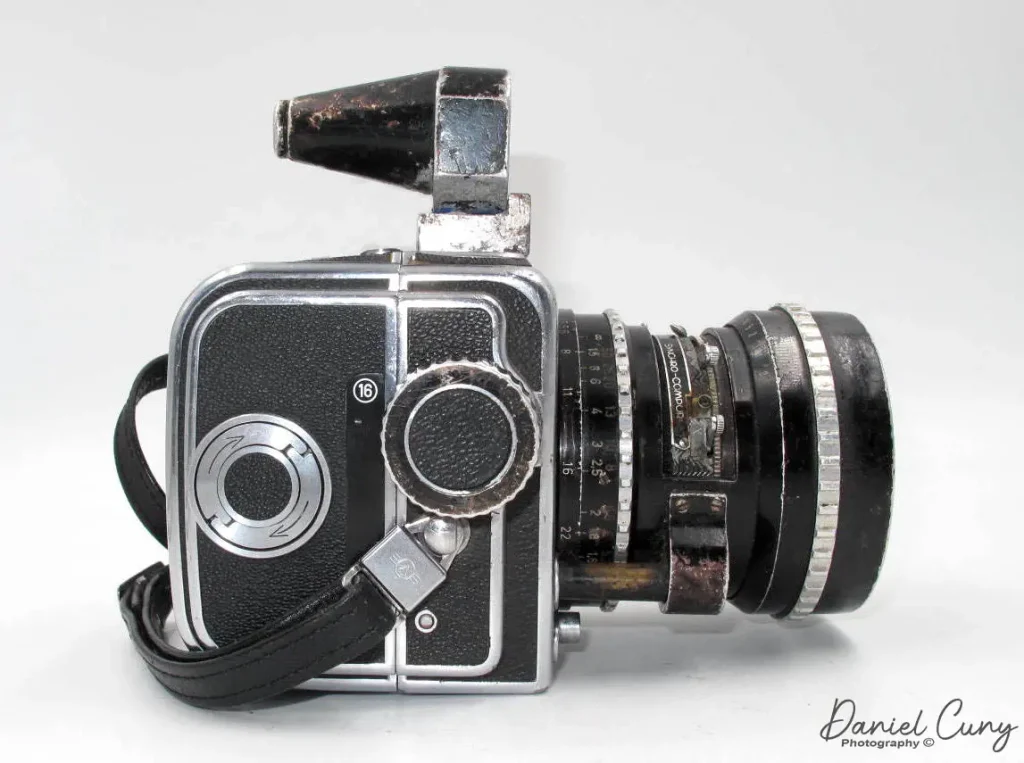
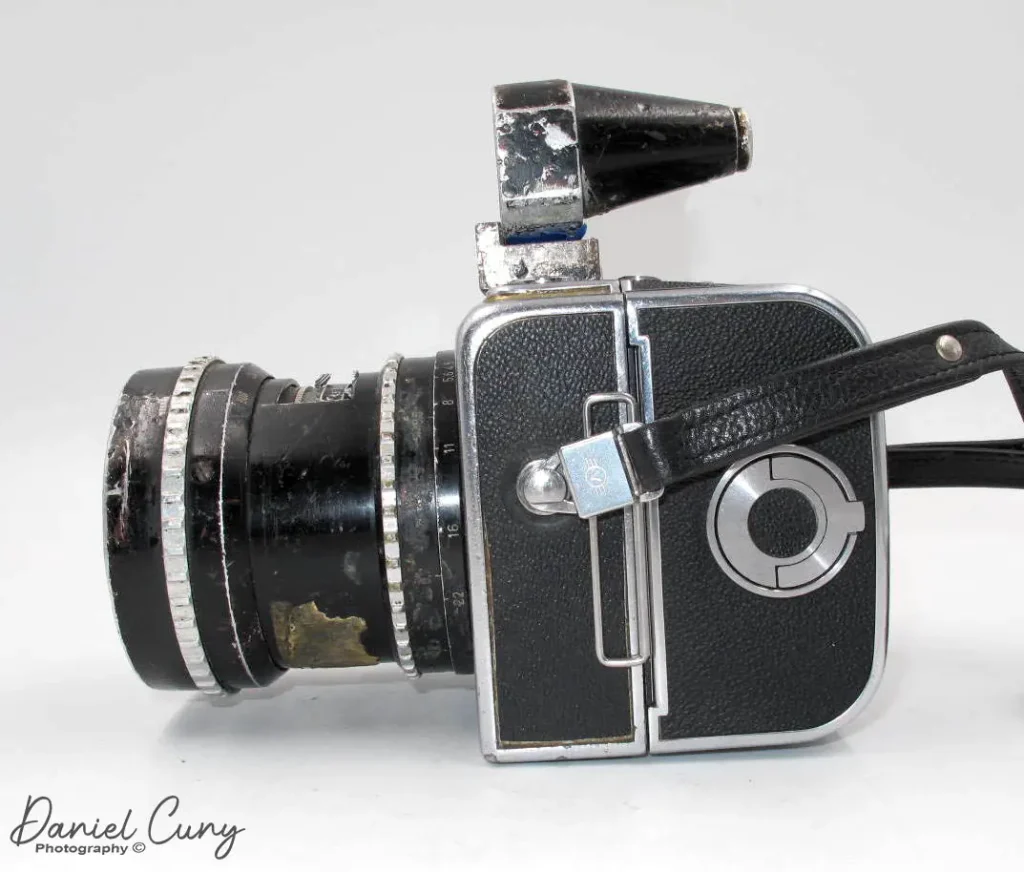
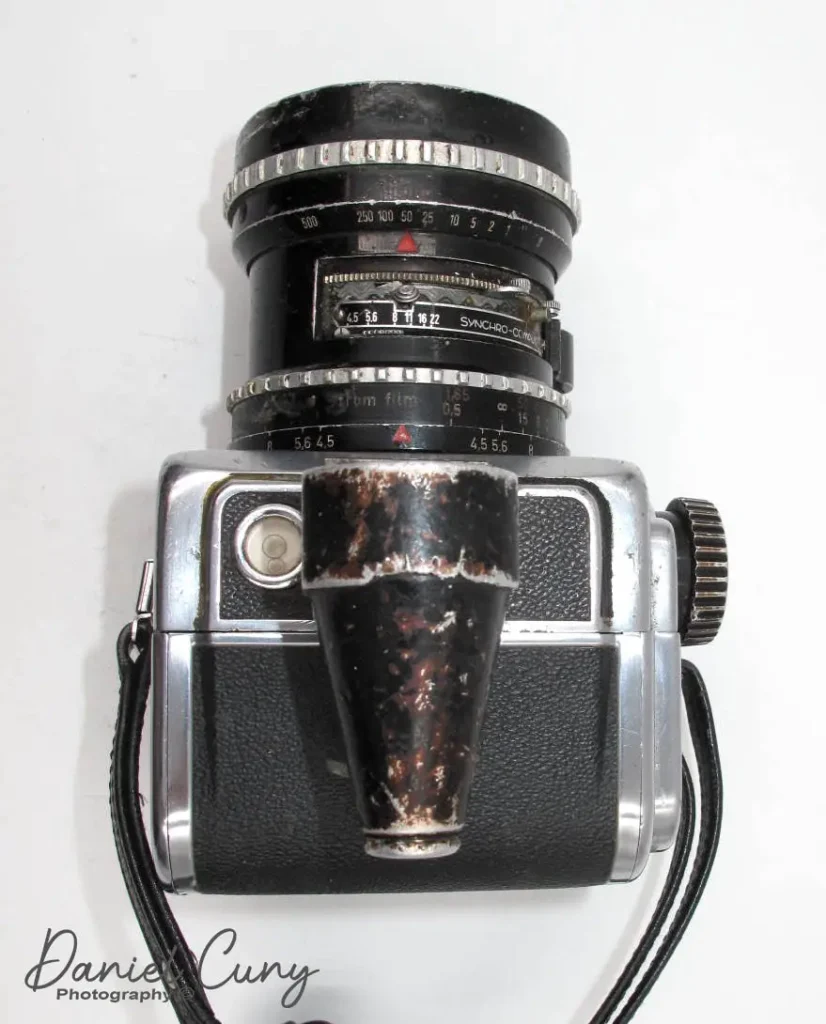
I figured I’d be able to take the crude viewfinder off the camera and find an accessory shoe and original viewfinder to replace them. After some work, I did get the viewfinder and mount off, but finding the replacement has been somewhat challenging.
Shooting with the Hasselblad Super Wide is a lot of fun. It’s small, compact, and optics have excellent quality. The lens produces great contrast, low distortion, and crisp, sharp images. I also like the fact I can utilize the same backs I have for my 1000F and 1600F cameras on this body. The photos included in this article are shot with my A16 back, which produced 6cm x 4.5cm sized images on 120 film. This back also gives me an 8×10 format and 16 images per roll instead of 12 with the A12 back.
Using the Hasselblad Super Wide
Using the Hasselblad Super Wide is relatively easy and straightforward. When using the Hasselblad cameras, you always need to remove the dark slide from the back to fire the camera. There is no light meter built into this camera, or many of the Hasselblad camera unless you purchase a different finder. An external light meter is needed to get proper exposure. The shutter cocking lever is also on the top of the lens barrel.
The top of this camera lens barrel is both the shutter speed control on the farthest ring away from the camera body. The shutter speeds go from 1-1/500, and B. Coming closer to the Hasselblad Super Wide body is the shutter cocking lever, which is separated by a toggle switch. When the lever is away from the camera body, the camera is in normal shooting mode.
If the control is inward towards the camera body, the cocking lever can be moved to the farthest position putting into “self-timer” mode. This allows the photographer approximately 10 seconds before the shutter fires. Closer to the camera body is the aperture setting. Closest to the body is the Focus ring.
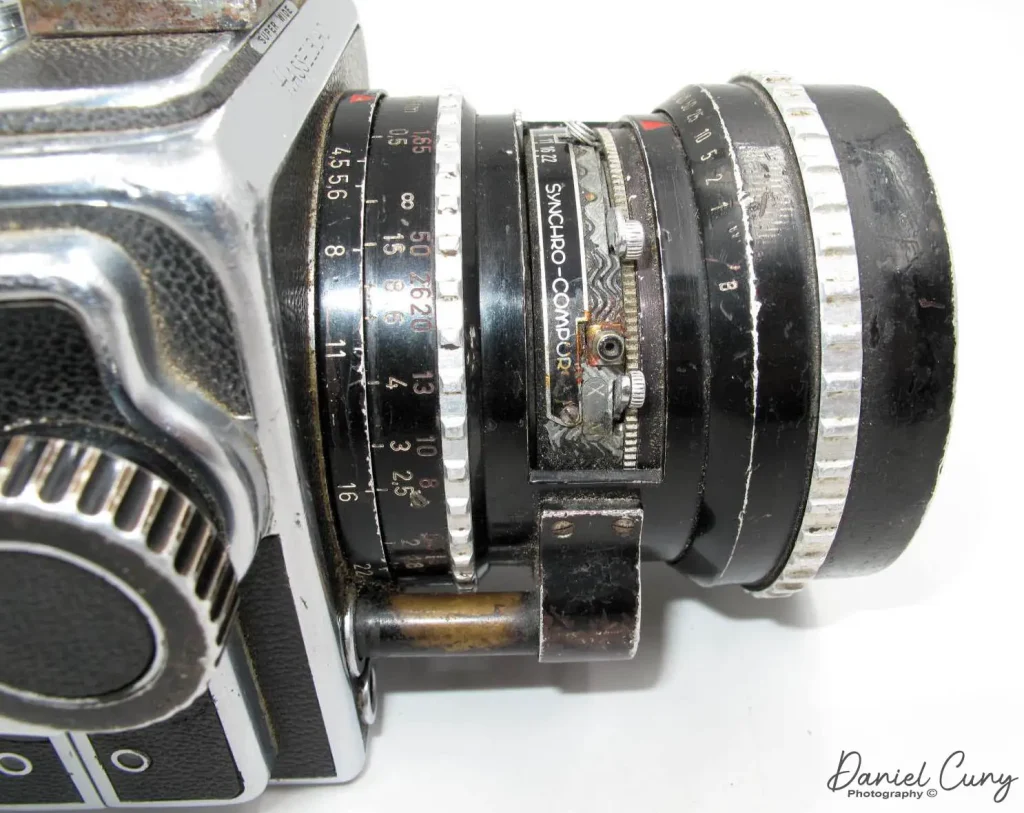
On the right side of the Hasselblad Super Wide body is the film transport knob. You turn this knob forward until it stops, which advances the film. On the top of the camera is (typically) the viewfinder accessory shoe, and the left of that is a spirit level. The original viewfinders had a small prism in the finder so you could see the level in the viewfinder to make sure the camera was level when hand-holding it. Another excellent feature mine doesn’t have.
To take the film back off the Hasselblad Super Wide, you need to have the dark slide inserted into the film holder. You slide the button on top of the holder to the right. You can then remove the film holder, and you replace it with another.
Recent images with the Hasselblad Super Wide
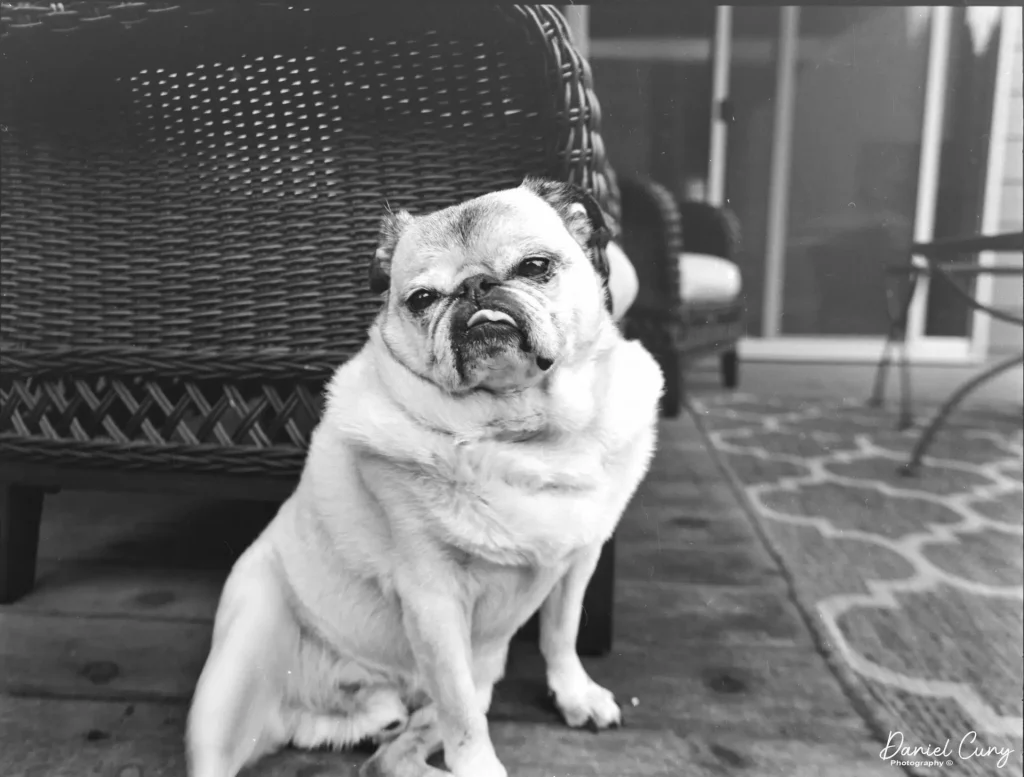
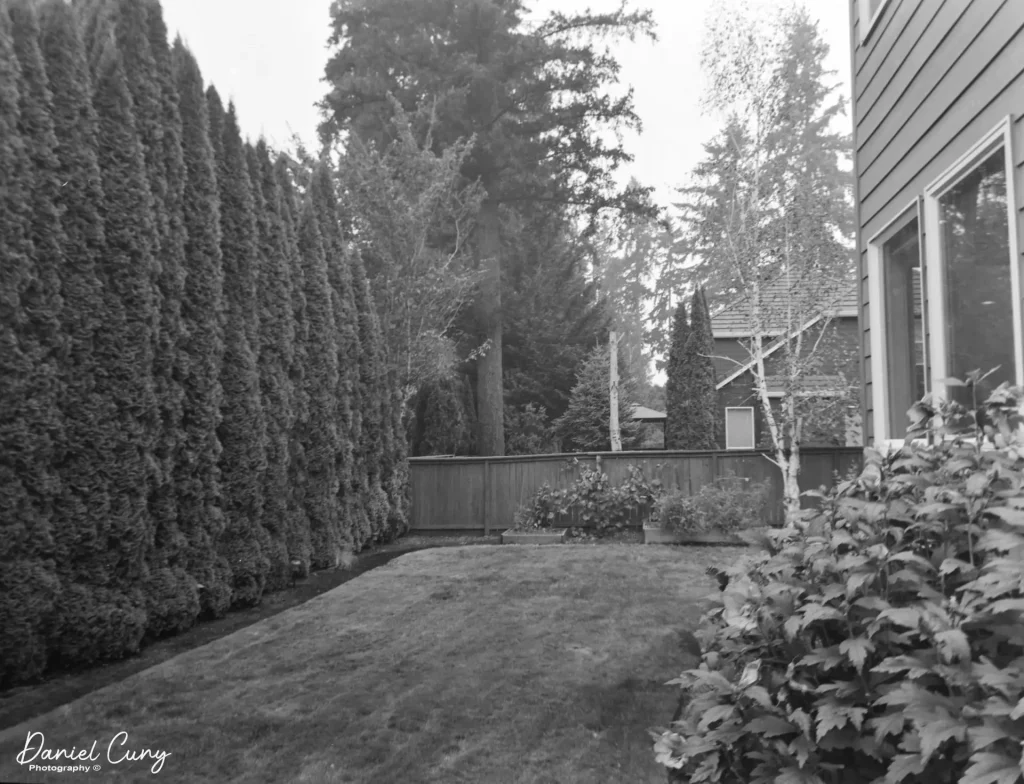
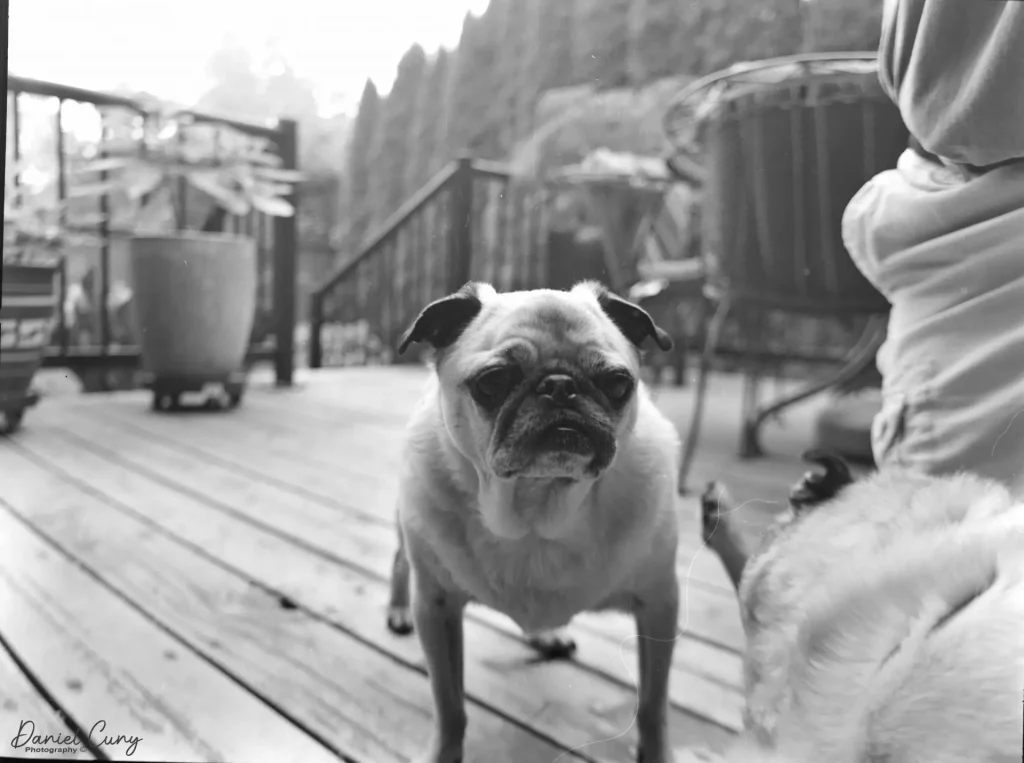
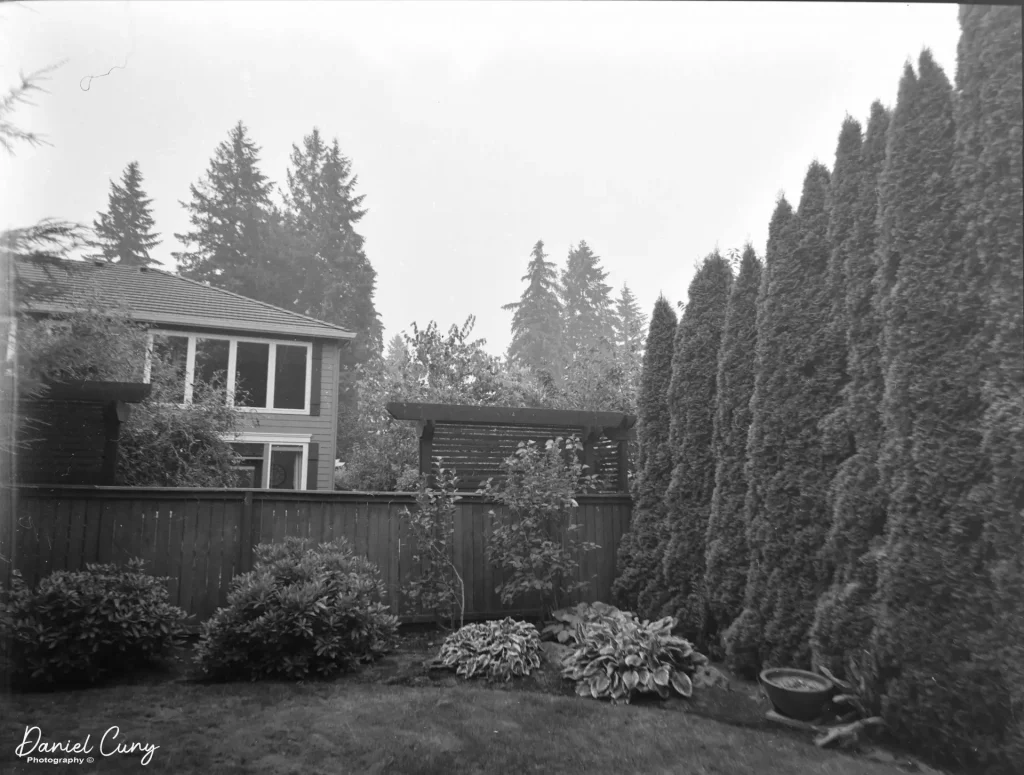
As you see, my Hasselblad Super Wide is “well used.” It works, it’s mine, and I enjoy using it. If you have any of the parts I discussed in this post and want to sell them, please contact me. Thank you for taking the time to read this. Please ask questions, or leave comments, and I’ll reply as soon as possible. To view my images and see more camera posts, you can visit my website here. Until next time, Be safe.
You can find my other articles on 35mmc here
Share this post:
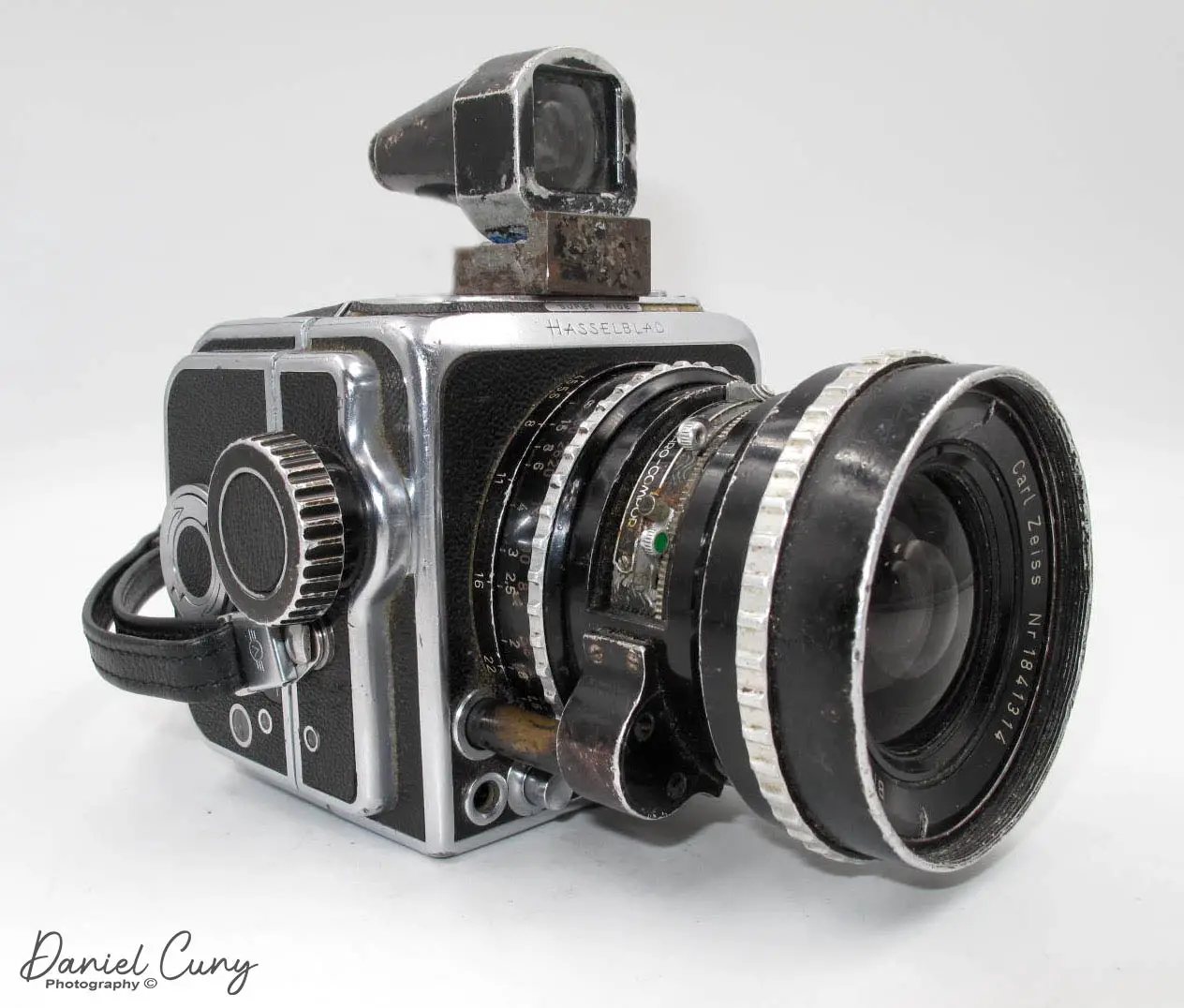








Comments
Arny on Hasselblad Super Wide (Early Version) Review & History – By Dan Cuny
Comment posted: 23/10/2020
Bob Janes on Hasselblad Super Wide (Early Version) Review & History – By Dan Cuny
Comment posted: 23/10/2020
Seriously, cosmetics should always take a back seat - and it looks to be quite a camera. How accurate is the framing with the accessory viewfinder? Does the original VF give any alternate frames for the 6x45 back?
Comment posted: 23/10/2020
Comment posted: 23/10/2020
Comment posted: 23/10/2020
Noel Roque on Hasselblad Super Wide (Early Version) Review & History – By Dan Cuny
Comment posted: 23/10/2020
Harry Machold on Hasselblad Super Wide (Early Version) Review & History – By Dan Cuny
Comment posted: 23/10/2020
I always loved heavily used cameras; they have so much character. and are somehow so easy to use; working so often like clockwork.
A Super wide is still my dream but I might have too many of those I am afraid.. I own a 1000F and a 1600F but no Zeiss lenses to go with.
Realizing that this will stay like this, I had the lens mounts exchanged for the ones of the Kiev 88 since the mount of the Hasselblad 1000/1600F does not take Kiev 88 lenses! Despite the fact that it looks pretty much the same. I enjoy personally the use of the Kiev 88 lenses very much. They give excellent sharpness and are coming again with a lot of character.
So let me keep dreaming of a Super Wide because that I seem to be able to effort without of any financial stress..
Many thanks for this article and the images of this piece of history here.
Best regards
Harry